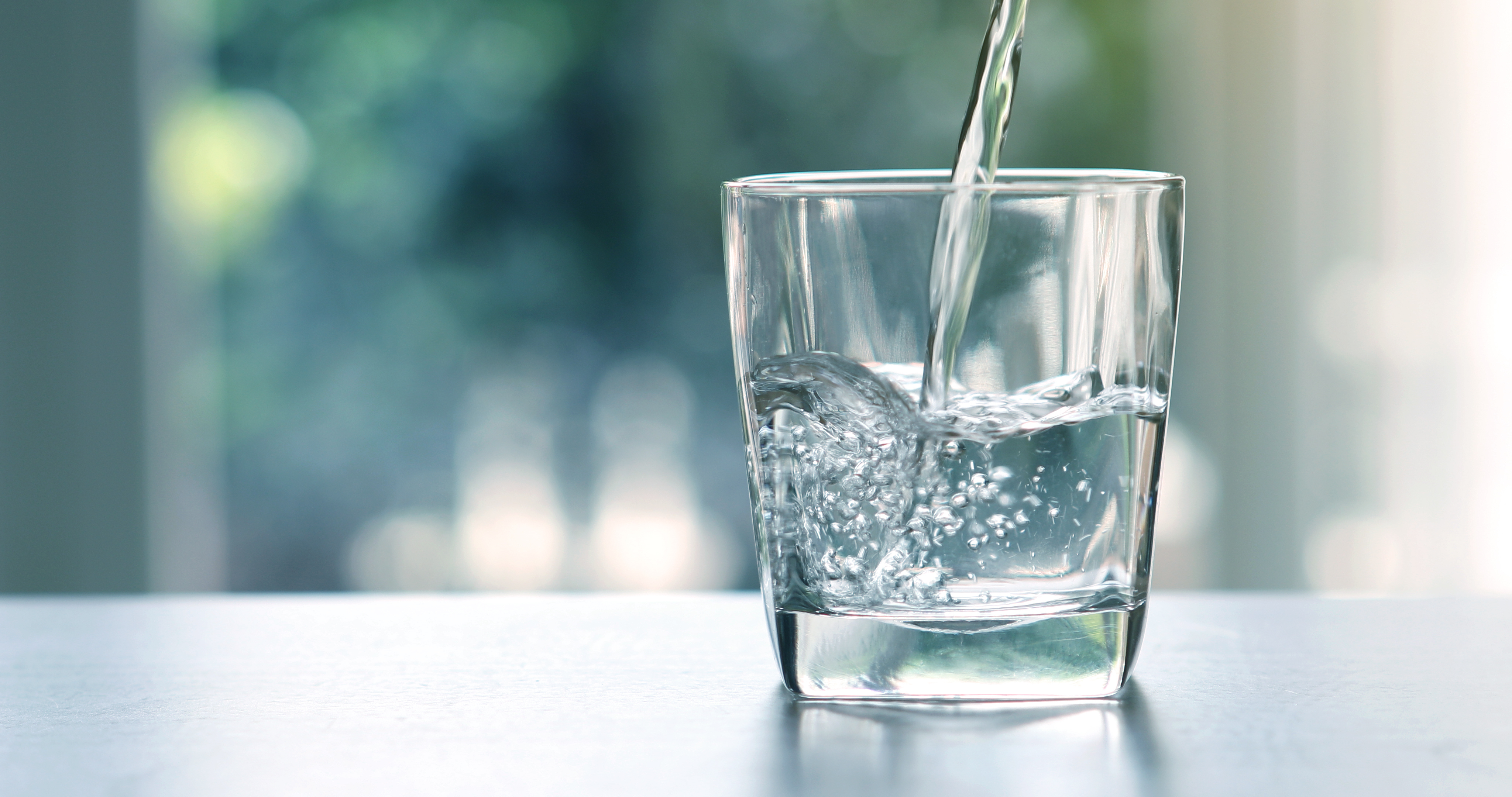
On November 19, 2022 Cambridge resumed sourcing its drinking water from the city-owned water supply. The city replaced the filter media that removes PFAS compounds from drinking water. The Cambridge Water Department’s PFAS levels are now well under the required limit.
Before the filter media replacement, Cambridge’s PFAS6 levels measured 17.1 ppt (August 2022). With two of the six filters replaced, PFAS6 levels now measure under 5 ppt. The city expects further PFAS6 level reductions as filter replacements continue over the next two months. No further action is required by Harvard or the Cambridge community.
See City of Cambridge Returns to using its own Water Source (November 17, 2022) for the full announcement.
As of August 30, 2022, the City of Cambridge is temporarily sourcing its drinking water from the Massachusetts Water Resource Authority (MWRA). No action is needed, as water provided from the MWRA meets Massachusetts drinking water regulatory standards and can be safely used or consumed by the University community without restrictions or additional filtration.
An increase in Cambridge drinking water per- and polyfluoroalkyl substance (PFAS) levels in finished drinking water was detected during monthly routine sampling. Increased levels are due in part to supply chain delays which impact the replacement of carbon filters necessary to maintain PFAS levels below state drinking water standards. Cambridge intends to revert to its traditional water source once new filters are installed (expected by November 2022).
The MWRA is held to the same drinking water standards as Cambridge and other Massachusetts water providers. The MWRA’s water is tested for PFAS and is below PFAS drinking water standards.
PFAS are a group of fabricated chemicals that have been manufactured and widely used in the United States since the 1940s. PFAS are in a diverse range of products, including food packaging, automotive products, water-resistant clothing, firefighting foam, cleaners, and leather goods. In 2019, Massachusetts became one of the first states to regulate PFAS in drinking water.
The Massachusetts regulatory standard for PFAS is based on the Maximum Contaminant Level (MCL) for the sum of six PFAS compounds (PFOS, PFOA, PFHxS, PFNA, PFHpA, and PFDA). The standard for the sum of these six compounds is 20 nanograms per liter (ng/L), also called 20 parts per trillion (ppt) and is commonly referred to in Massachusetts as “PFAS6”. This drinking water level is based on a lifetime of consuming water with PFAS. The Environmental Protection Agency (EPA) has a health advisory level for PFAS but has not yet created an enforceable drinking water standard.
August 2022 Cambridge drinking water sampling measured 21.6 ppt for PFAS6, which exceeds Massachusetts MCL by 1.6 ppt. 1 ppt equates to a single drop of food coloring in 20 Olympic-sized swimming pools.
It is important to note that consuming water with a PFAS detection above the Massachusetts drinking water standard does not mean that adverse health effects will occur.
See Cambridge to Temporarily Switch to MWRA Water for Remainder of 2022 (August 26, 2022) for the full announcement.
The EPA and its federal partners, along with scientists in academic and industrial institutions, continue to study PFAS and their impacts on human health and the environment. Environmental Health and Safety monitors and evaluates any new information or potential impacts to the Harvard community.

